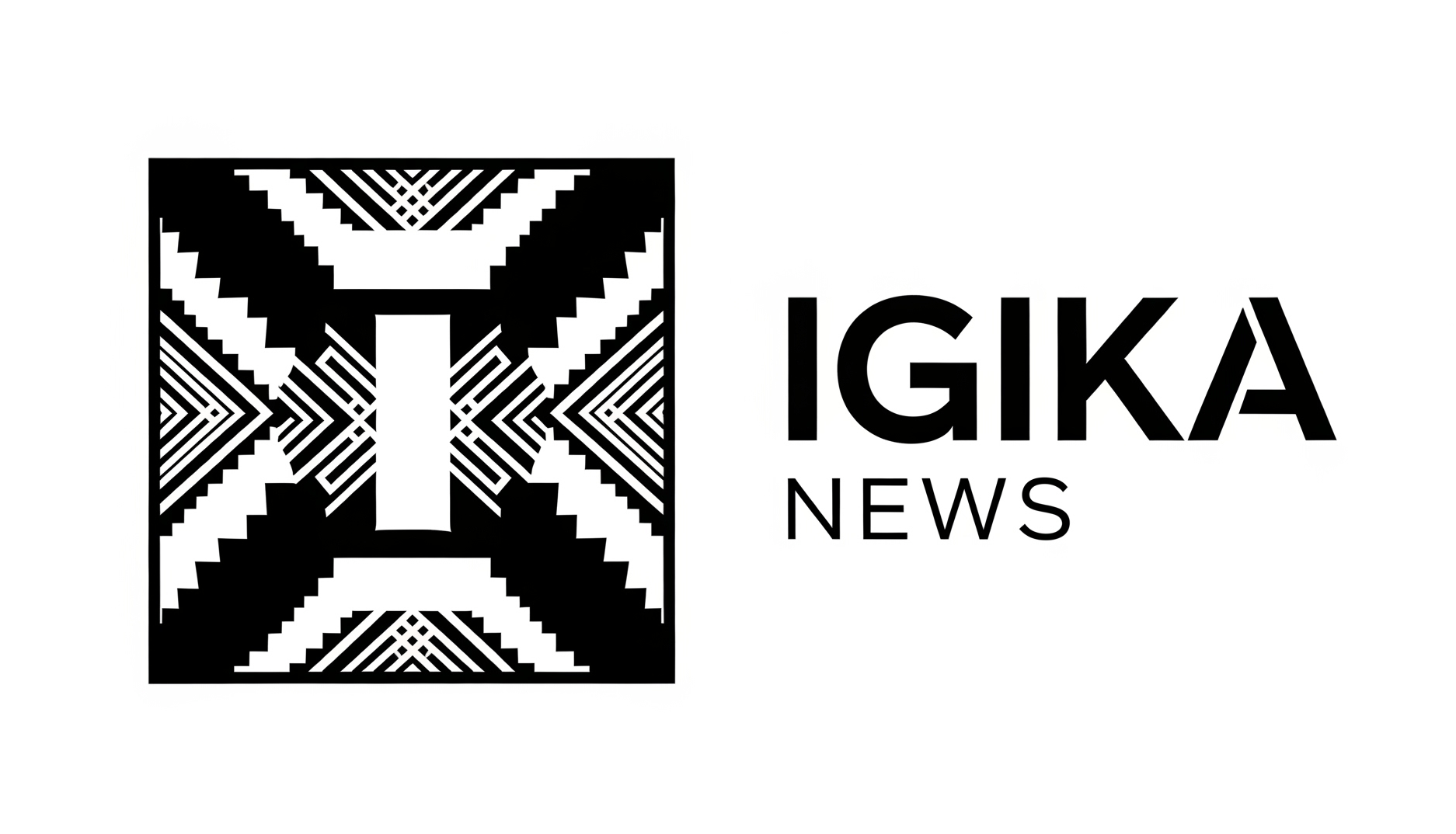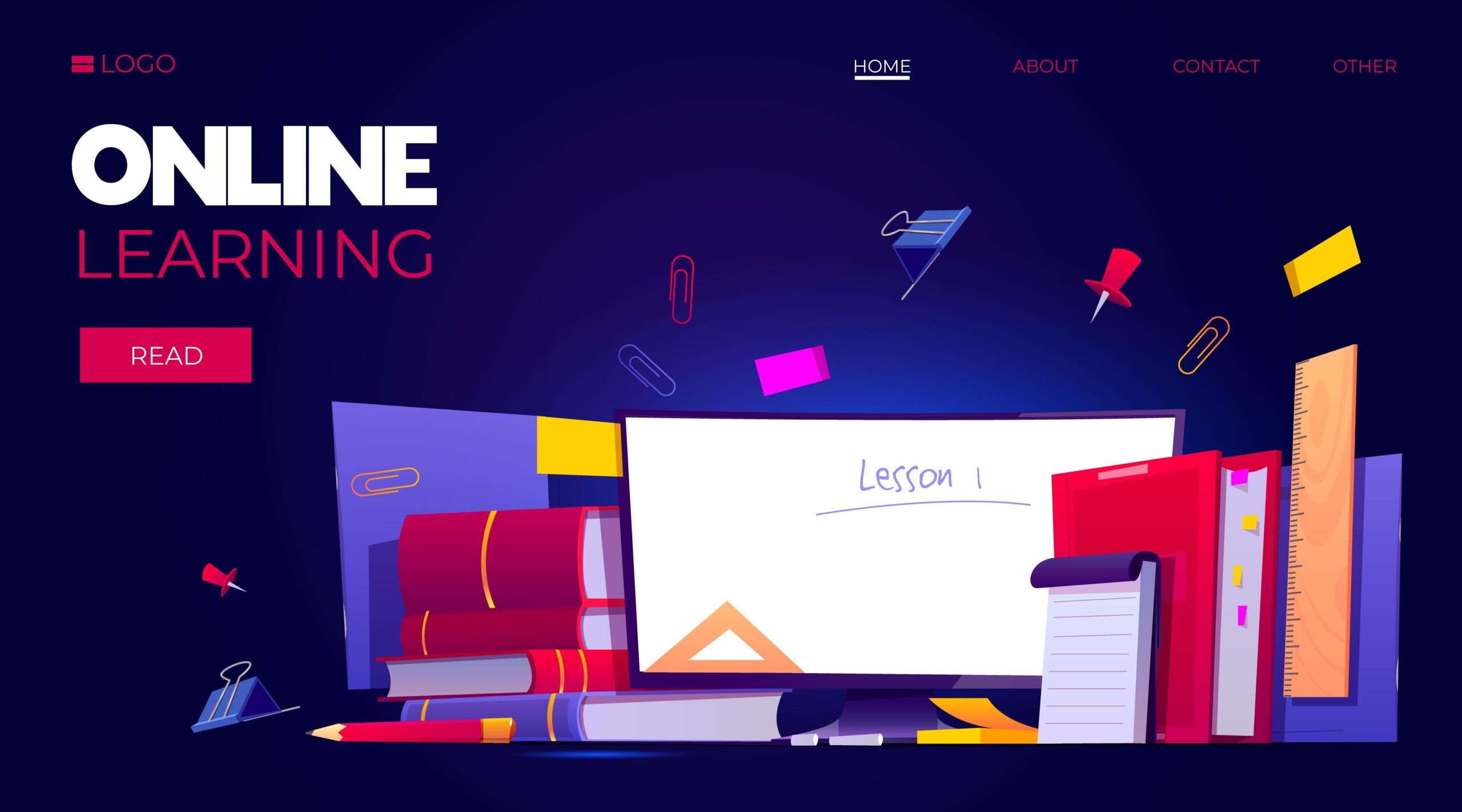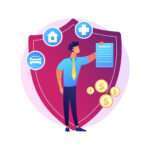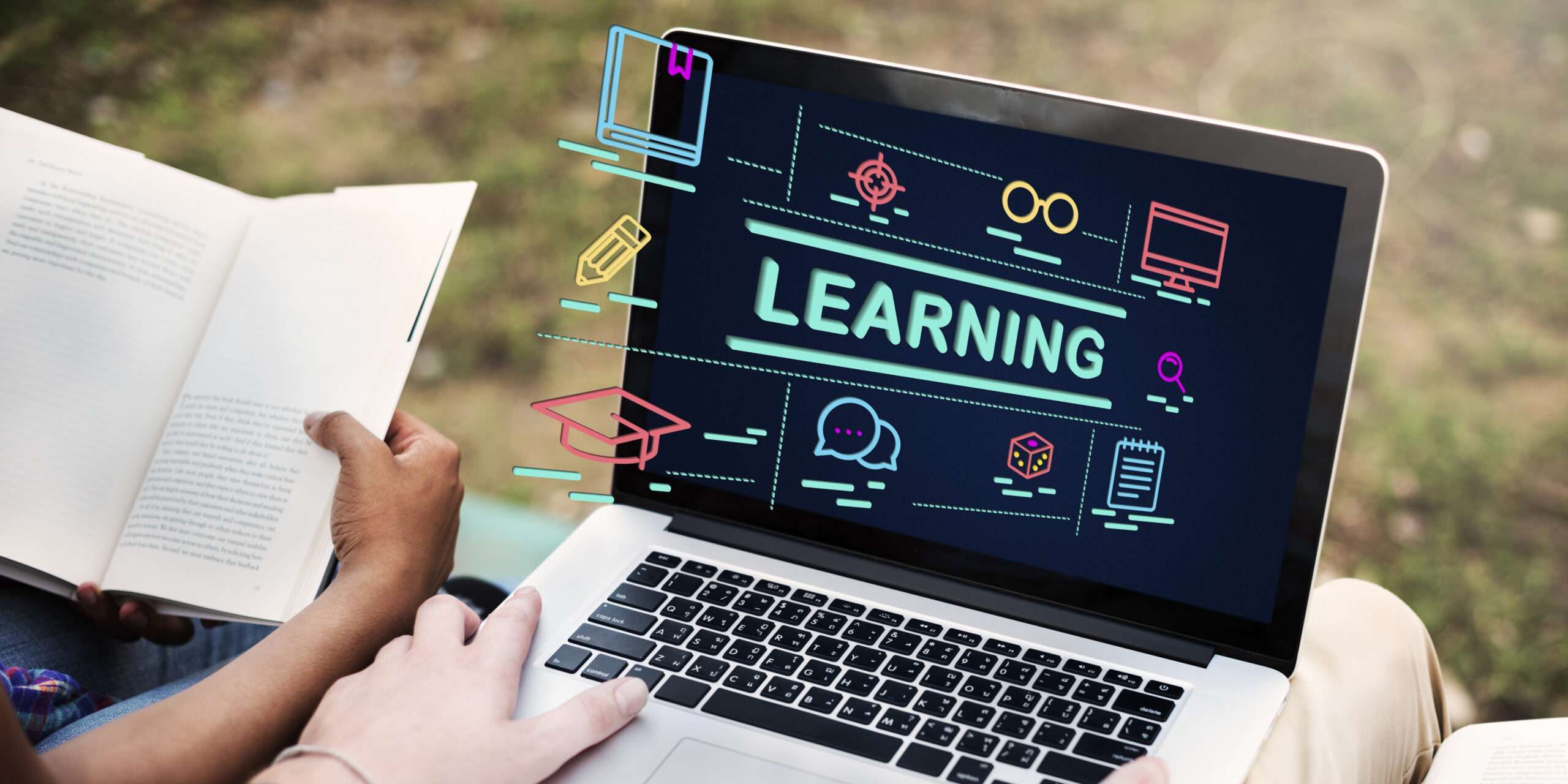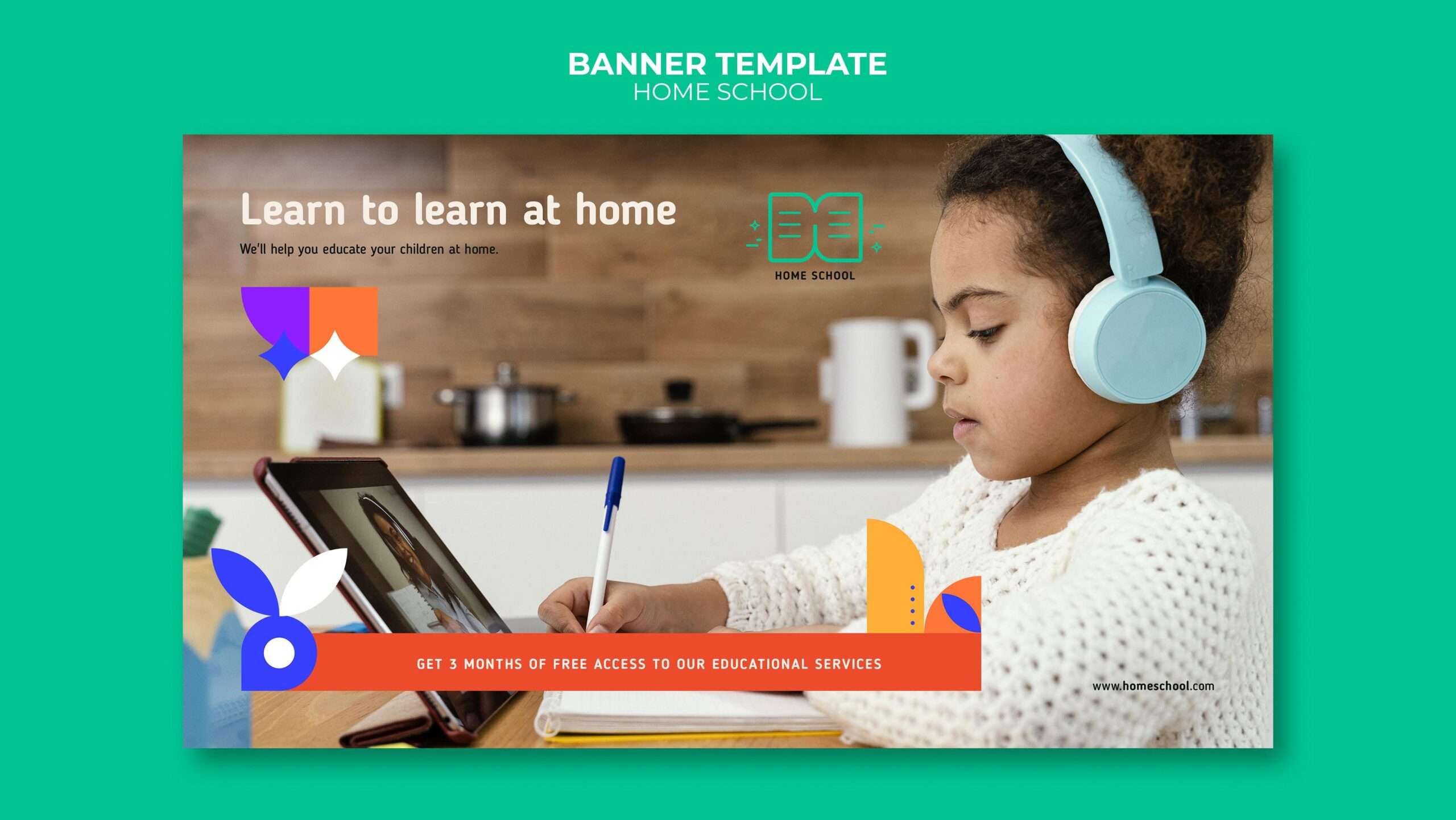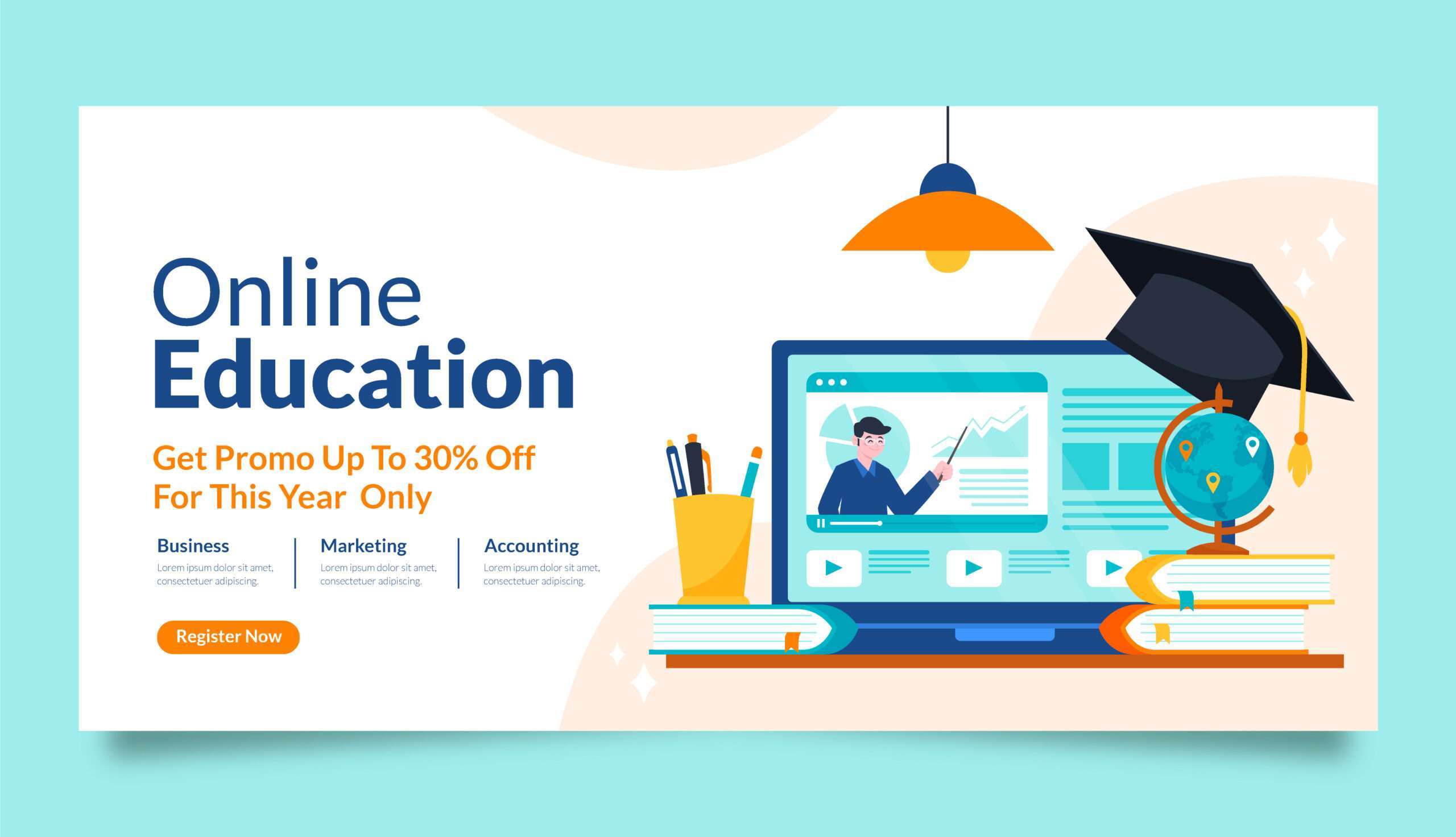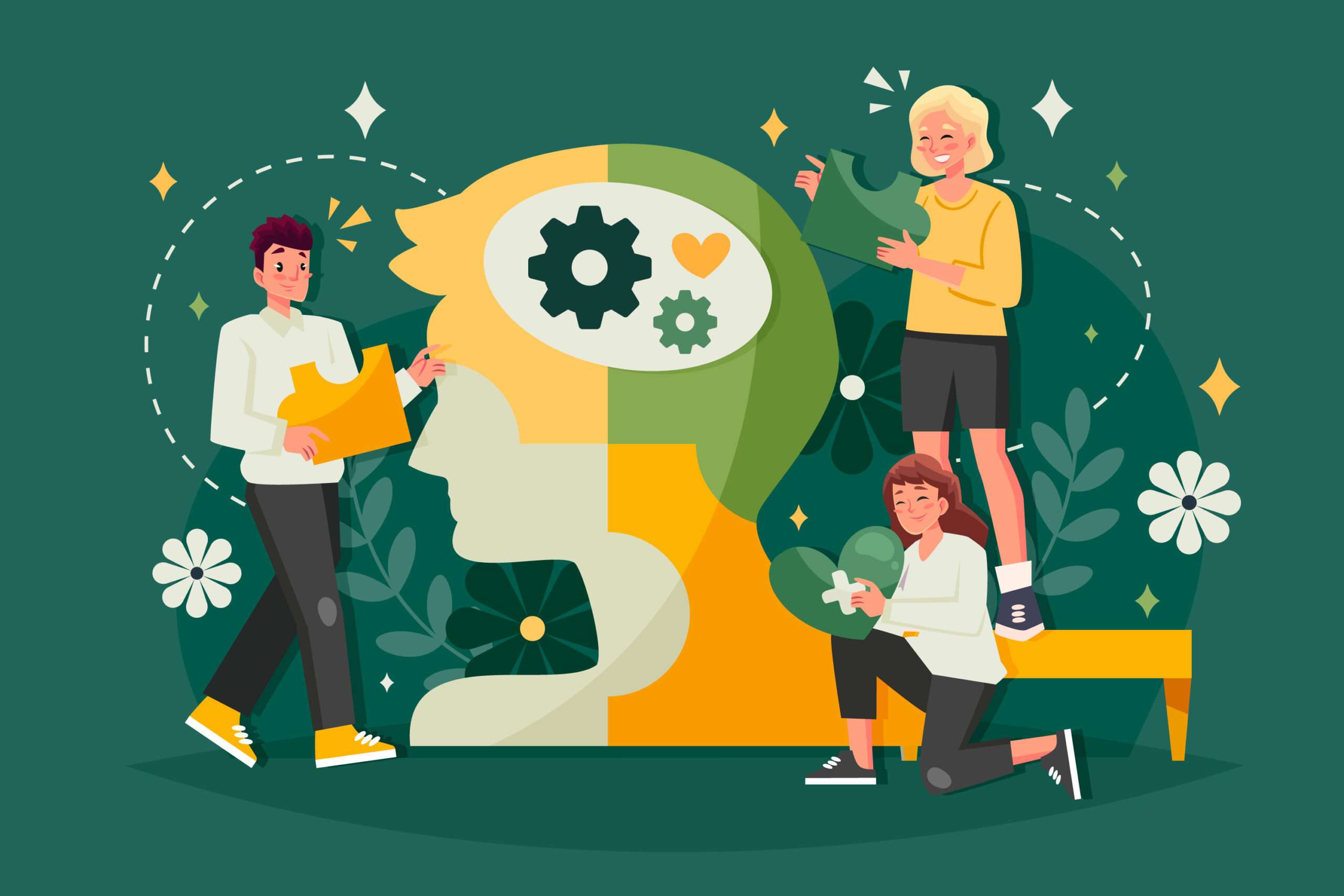Slug: digital-education-redefining-knowledge-future-of-learning
The Start of a New Era: Why Digital is the Key to Redefining Knowledge
For hundreds of years, most people only had access to knowledge through physical books, formal institutions, and the limited reach of individual teachers. The digital revolution has broken down these walls, making access more equal and changing the way knowledge is created, shared, and used.
Ubiquitous Access: The internet has made information available to billions of people, no matter where they live or how much money they have (though the digital divide is still a big problem, which we’ll talk about later). A student in a rural area of Rwanda can now watch lectures from Harvard or MIT, which would have been impossible just a few decades ago.
Personalization at Scale: Traditional education has a hard time with different learning styles and speeds. Digital tools that use data and AI can customize content, feedback, and pathways for each learner, making it easier for them to understand and remember what they learn.
Textbooks change all the time and are always changing. Digital platforms let you get updates in real time, so students are always learning about the most up-to-date information and research. This is especially important in fields that change quickly, like AI or biotechnology.
Active participation replaces passive listening. Digital education uses multimedia, simulations, games, and tools that let people work together to make learning more interesting and useful.
From Memorization to Application: The focus changes from memorizing facts to using knowledge in real-life situations. This helps students develop critical thinking, problem-solving, and creativity skills, which are much more useful in the future of learning.
It’s not just about making things easier; it’s about a big change in how we learn and use information that makes it more useful, relevant, and adaptable.
The Pillars of Redefined Knowledge: Important Trends That Will Affect Digital Education in 2024
Several technological and pedagogical trends are coming together to change what we mean by “knowledge.” Anyone who wants to understand The Future of Learning needs to know these pillars.
1. Artificial Intelligence (AI) and Machine Learning: Your Personal Guide to Knowledge
AI is changing digital education at its core, not just adding to it. It is becoming more than just a tool for automating tasks; it is becoming a smart partner in the learning process.
- Personalized Learning Pathways: AI algorithms look at a learner’s strengths, weaknesses, learning speed, and preferences to create content, resources, and sequences that are really unique to each learner. The AI can give you extra exercises, different explanations, or even suggest extra materials if you are having trouble with a concept.
- Intelligent Tutoring Systems (ITS): These AI-powered tutors give you feedback in real time, answer your questions, and give you personalized help, just like a human tutor would, but on a much larger scale. They can find mistakes and suggest specific ways to fix them.
- Automated Assessment & Feedback: AI makes grading some types of assignments (like multiple-choice tests, coding exercises, and help with writing essays) easier by giving students instant feedback that helps them understand their mistakes right away and learn faster.
- Content Curation and Generation: AI tools can find relevant learning materials, summarize difficult texts, and even make quizzes or practice problems. This cuts down on the time teachers spend making content by a lot. Generative AI tools, such as ChatGPT, can make learning materials that are tailored to each student in no time.
- Learning Analytics: AI looks at a lot of learning data to give us information about how students act, how engaged they are, and how well they do. Teachers can use this information to find patterns, figure out where things need to be better, and improve course design.
Try using AI tools like ChatGPT or Google Gemini to help you study. Ask them to break down difficult ideas into simpler ones, come up with practice questions, or even help you come up with essay outlines. Keep in mind that they are tools; always check the facts and use your brain.
2. Immersive Learning: Experiencing Knowledge in 3D (VR, AR, MR, Simulations)
Extended Reality (XR), which includes Virtual Reality (VR), Augmented Reality (AR), and Mixed Reality (MR), is going beyond gaming to make learning experiences that are very engaging. This is where The Future of Learning really starts to feel real.
Virtual Field Trips: You can see ancient ruins, faraway galaxies, or the inside of the human body without getting up from your desk. This gives you more context and makes you more interested than just still images or videos.
Realistic Simulations: Medical students can practice difficult surgeries, engineers can make and test prototypes, and technicians can fix machines in a safe, virtual world, which lowers risk and increases learning retention.
Augmented Reality Overlays: Picture holding your phone up to a historical site in Kigali and seeing AR overlays that show you information, 3D models, or historical videos right away. For example, AR glasses could show a mechanic how to fix something right on the engine.
More Engagement: XR makes learning stick by using more than one sense and making you feel like you’re there. People learn best when they do things, and XR lets them do things in a realistic way.
Tip: Look for educational apps that use both AR and VR. There are virtual tours at a lot of museums, and Labster is one of the platforms that offers virtual science labs. Some smartphone apps offer great AR experiences that can make learning more fun, even without special headsets.
3. Gamification: Making Learning Unstoppable
Gamification uses game design and game rules in places other than games to get people more involved. In school, it turns boring tasks into fun challenges.
Points, badges, leaderboards, levels, and rewards are all ways to tap into people’s natural motivations and encourage them to keep going and work hard.
- Instant Feedback: Games give players instant feedback on what they do, which helps them understand the results of their decisions and change their plans.
- Tracking Progress: Seeing progress in the form of progress bars or unlocked content gives a sense of accomplishment and encourages more learning.
- Problem-Solving and Critical Thinking: Well-made educational games make you think strategically, solve problems, and be flexible, which helps you develop higher-order cognitive skills.
- Collaborative Learning: A lot of gamified platforms have challenges that require teams to work together, which encourages communication and learning between peers.
Tip: Find learning apps that use gamification, like Duolingo for languages and Khan Academy for a wide range of subjects. If your current learning platform doesn’t use gamification, try to make your learning more fun by giving yourself small challenges, rewarding yourself for reaching certain goals, and competing with a friend.
4. Microlearning and bite-sized content: learn on the go
Microlearning is great for the future of learning because it gives you small, focused pieces of information that are easy to understand.
Convenience and accessibility: You can watch short modules (1 to 5 minutes) on your way to work, during a coffee break, or whenever you have a few free minutes.
Improved Retention: Studies show that focused, bite-sized learning can help people remember what they learned and stay interested by avoiding cognitive overload.
Just-in-time learning lets students get the information they need right when they need it, whether it’s a quick tutorial on how to use a software feature or a reminder of a difficult idea.
Targeted Skill Development: Great for learning specific skills without having to take long classes.
Tip: Make your learning goals smaller and easier to reach. Instead of planning to study for two hours, set aside 15 minutes to focus on one specific subtopic. Use apps for flashcards or short video lessons.
5. Working together and learning from others: knowledge as a shared journey
Digital education can be tailored to each student, but it is also great at bringing people together and working together around the world.
- Global Classrooms: Students from different places and backgrounds can work together on projects, share their points of view, and learn from each other’s unique experiences. This helps people all over the world understand knowledge better.
- Peer-to-Peer Learning: Online forums, discussion boards, and collaborative platforms make it easy for learners to help each other by asking questions, giving answers, and working together to learn more.
- Building Communities: Digital learning environments can bring together groups of learners who help each other, share resources, and even make professional networks that last.
- Collaboration on Projects: Google Docs, Miro, and Trello are examples of tools that make it easy for people to work together on shared tasks, just like they would in a real project setting.
Tip: Take part in the discussion forums for your online classes. Join online groups and communities that are related to your field of study, such as LinkedIn groups, Reddit communities, and Discord servers. Help out and ask good questions.
The Changing Nature of “Knowing”: What It Means for You to Redefine Knowledge
These changes in technology are changing what it means to “know.” It’s not enough to just gather facts anymore; we need to interact with information in a way that is more dynamic, adaptable, and ethical.
From memorizing things by heart to thinking critically and solving problems
- Access vs. Application: In a world where information is always available, it’s more important to know how to find, evaluate, combine, and use facts to solve difficult problems than to know them by heart.
- Analytical Rigor: Digital tools can quickly give you data, but it’s up to people to figure out what it means, find patterns, and make sense of it all. The Future of Learning stresses the importance of being able to think critically and question what you learn.
- Creativity and Innovation: More and more, repetitive tasks are being done by machines. The focus is now on human creativity, or the ability to come up with new ideas, link unrelated ideas, and come up with new ways to solve problems.
Tip: Don’t just accept new information when you come across it. “Who made this? What’s their agenda? What proof do they have? How does this fit with what I already know? How can I use this to solve a problem?”
The Rise of Digital Literacy and Responsible AI Use
As more and more information is stored digitally, it is important to have the skills to safely, effectively, and ethically navigate this world.
Digital literacy means more than just knowing how to use a computer. It has:
- Information literacy means being able to find, judge the reliability of, and use digital information well. (Important in a time when there is a lot of false information.)
- Media literacy means knowing how digital media affects how people think and tell stories.
- Cybersecurity Awareness: Keeping your own and your company’s data safe in a world that is becoming more connected.
- Digital citizenship means knowing how to act responsibly and morally online.
Using AI in an ethical way: It’s important to know what AI can and can’t do, as well as the moral issues that come with it. This includes:
Finding Bias: Finding possible biases in content made by AI or decisions made by algorithms.
Data Privacy: Knowing what AI systems do with your data.
Plagiarism and Academic Integrity: Knowing how to use AI tools and cite them correctly in school or work without losing originality.
Tip: Look for resources on digital literacy and AI ethics on your own. Many colleges and websites offer free classes on these subjects. Before you share anything online or trust content made by AI, stop and think about it critically.
Lifelong Learning: The New Must for Staying Relevant
Because things are changing so quickly, skills you learn today might not be useful tomorrow. The future of learning is all about learning new things and improving your skills.
- Changing Skill Sets: Your skills need to change as industries do. Digital education makes learning flexible, so you can quickly learn new skills when you need them.
- Career Agility: Learning new things throughout your life makes you more adaptable, which helps you deal with a changing job market and opens up new career paths.
- Staying Competitive: In a globalized interview, continuous learning is not only important for personal growth; it is also necessary for businesses and individuals to stay competitive.
Tip: Set aside a small, regular amount of time each week (like 2–3 hours) to learn on purpose. This could be a new skill, a trend in your field, or something else that is related. Sign up for newsletters from your field, follow people who are thought leaders, and look into microlearning platforms.
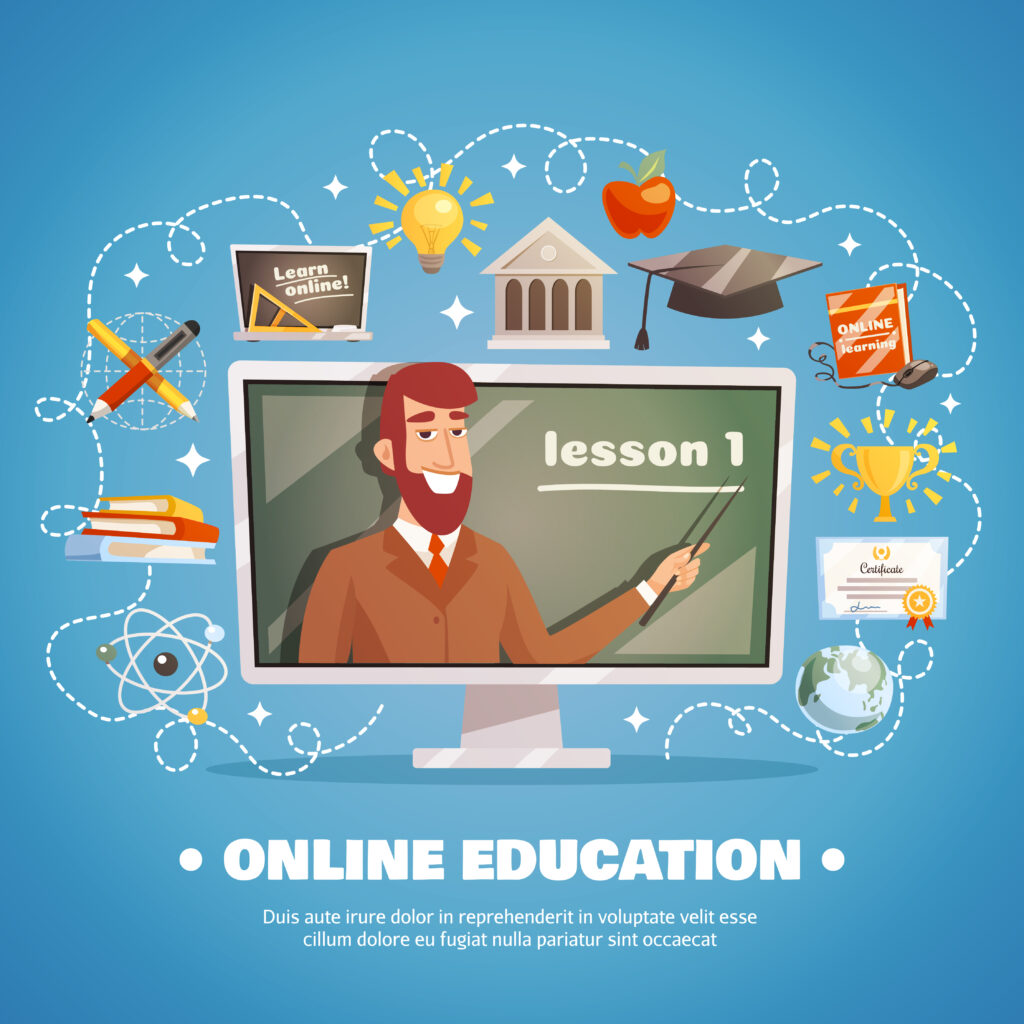
Overcoming the Challenges: Making Sure Everyone Can Access the Future of Learning
Digital education has a lot of potential, but we can’t ignore the big problems, especially the digital divide that keeps getting bigger.
Access to Technology and Connectivity: Billions of people around the world still don’t have reliable internet access, devices, or the electricity to power them. This puts them at a big disadvantage, especially in developing areas like parts of Rwanda, where work is still being done to close this gap.
Not all online educational content is the same in terms of quality. Because there are so many resources available, it can be hard to tell which ones are good, evidence-based learning materials and which ones are not.
Preparedness of Educators: Teachers need to keep getting training and help to use digital tools and new teaching methods in their classes.
Data Privacy and Security: AI-powered platforms that collect a lot of student data raise big questions about privacy, security, and possible abuse.
Keeping Human Connection: Technology makes things very personal, but it’s important not to lose the important human parts of education, like mentoring, empathy, and working together with other students and teachers.
Practical Tip (for individuals): Push for digital literacy programs in your area. If you can, think about helping programs that give technology or internet access to areas that don’t have it. Be careful about the online resources you use.
A practical tip for institutions and policymakers is to put infrastructure investment first, offer comprehensive professional development for teachers, and put strong data privacy rules in place. Work with tech companies and community groups to fill in the gaps in access.
The Future of Learning: What People Can Do in 2024 and Beyond
So, how do you do well in this new world of knowledge? Here’s what you need to do:
1. Be open to growth:
- Daily Application: See every problem as a chance to learn. Instead of saying, “I can’t do that,” say, “How can I learn to do that?” and ask for feedback.
- Set Learning Goals: Make it a must to learn new things all the time. Set aside time each week, even just 30 minutes, to learn something new. It could be a new language, a new software skill, or a new trend in your field.
- Interlink: [If you have one, link to your blog post on “Setting Effective Learning Goals in a Digital World” here or “Maximizing Your Digital Learning Experience.”]
2. Develop your digital fluency:
- Master Core Digital Tools: Make sure you know how to use cloud storage, presentation software, and collaborative platforms like Google Workspace, Microsoft Teams, and Slack.
- Learn about AI: Get a basic understanding of how AI works and try out AI tools that are useful in your field. Learn how to prompt well.
Improve your cybersecurity by using strong passwords, knowing how phishing scams work, and using multi-factor authentication. Keep your digital footprint safe.
Daily Use: Look for new apps or features on a regular basis. Sign up for an online course on the basics of digital literacy or cybersecurity.
3. Put Critical Thinking and Information Evaluation First:
- Question Everything: Before you believe something, especially if it comes from social media, find out where it came from, what its biases are, and what evidence backs it up.
- Cross-reference: Check the facts with more than one reliable source.
- Find Deepfakes and Misinformation: Learn how to tell when media has been changed and how people spread false information.
- Every day: Get into the habit of checking the facts in news headlines. Read articles that come from different points of view. Have a respectful argument with others, and base your points on facts.
4. Make a portfolio of skills and projects that changes over time.
- Show, Don’t Just Tell: Instead of just listing your certifications, show off projects that prove you can use what you know.
- Curate Your Work: Show off your best work on sites like GitHub (for code), Behance (for design), or your own website.
- Continuous Improvement: Keep adding new skills and finished projects to your portfolio on a regular basis.
- Daily Use: After each important learning module or project, take the time to write it down for your portfolio. Think, “How does this show off a skill that an employer needs?”
5. Plan your networking in digital spaces:
- LinkedIn Optimization: Make sure your LinkedIn profile always has the most recent information about your skills, projects, and learning accomplishments.
- Join online communities. Be an active member of groups, forums, and discussions that are related to your interests and job.
- Informational Interviews: Set up virtual coffee chats with people who work in your field to learn more and meet new people.
- Daily Use: Spend 15 minutes a day on LinkedIn building your professional network. Comment on posts that are relevant, share articles that are interesting, and send personalized requests to connect.
6. Accept learning through experience.
If your field has VR/AR simulations, take advantage of them.
Choose classes that have hands-on projects and case studies.
Use What You Learn Right Away: As soon as you learn something new, try to use it in a real-life situation, even if it’s a small one.
Daily Application: Write a short script for a daily task if you’re learning to code. If you want to learn about marketing, look at how a company uses social media.
7. Support Digital Education for Everyone:
- Get involved in your community. Support local projects in Kigali or your area that work to close the digital divide.
- Mentoring: If you know how to use technology, think about helping someone who is having trouble getting online or reading.
- Advocating for ethics: Speak out about how important it is for educational technologies to use AI and protect data privacy.
- Daily Application: Post articles or links on your social media about digital inclusion. Join in on online conversations about how to use technology responsibly.
The Rwandan Context: Digital Education and the Future of Learning in Kigali
Kigali, Rwanda, is a lively center for technology and innovation in Africa. Because the country is dedicated to digital transformation, it is a great example of how digital education is changing what people know on a national level. These trends are happening because of things like Smart Kigali, a focus on STEM education, and more people being able to get broadband.
The Rwandan government’s vision, as laid out in programs like the Smart Rwanda Master Plan, puts digital literacy and access at the top of the list. Efforts to improve broadband infrastructure and use technology in schools are directly in line with the trends we’ve talked about.
You can find a lot of reports and government publications about Rwanda’s efforts to go digital. If you search for “Smart Rwanda Master Plan” or “Rwanda digital education strategy,” you will find links that are useful.
Kigali’s Tech Ecosystem: Places like kLab and Norrsken House Kigali help new ideas grow and give people a place to learn digital skills. They often do this by using online resources and collaborative learning models.
Skills for the Future of Work: The digital education skills that are most important for Rwanda’s economic growth and diversification are the same ones that are taught in digital education (AI, data analysis, cybersecurity, digital marketing, and project management).
The World Economic Forum says that AI proficiency, virtual intelligence, and carbon intelligence are three new basic skills that will be important for the future of work.
For people in Rwanda, following these digital education trends isn’t just about getting ahead; it’s also about helping the country reach its goal of becoming a knowledge-based economy.
Conclusion: What You Can Do to Help Learning in the Future
Digital education is changing how we learn, work, and interact with the world right now. It’s not a distant phenomenon. The future of learning will be dynamic, tailored to each student, immersive, and based on working together. It needs a new kind of learner: someone who is good with technology, can think critically, cares about ethics, and wants to keep learning for the rest of their life.
You now have the power to get information like never before, customize learning to fit your needs, and develop skills for a future that is hard to predict. By being aware of these trends, using digital tools, and being open to change, you won’t just see knowledge change; you’ll be a part of shaping it.
What new skill will you learn this week to get ready for the future of learning?
source:
An updated systematic review on the impact of gamification in education: insights from early 2024 – ResearchGate: https://www.researchgate.net/publication/387436983_An_updated_systematic_review_on_the_impact_of_gamification_in_education_insights-from-early-2024
Digital Learning 2024 Highlights—Digital Learning Institute: https://www.digitallearninginstitute.com/blog/digital-learning-2024-highlights
Digital Literacy in 2024: 7 Important Computer Skills for Future-Ready Students – Learning.com: https://www.learning.com/blog/digital-literacy-in-2024/
